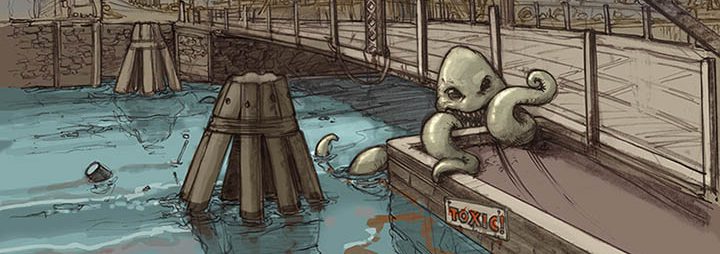The Death and Life of Great American Cities is a 1961 book by activist and dissident Jane Jacobs which is a study of 1950s urban arranging approach. In this chapter Jane Jacob brings up the significance of neighborhoods and its part in a city. She expresses that “ultimately our failed city neighborhoods are due to failed localized self-government.” She also states that there are three sorts of neighborhoods which are vital for self-government. City all in all, road neighborhoods, locale around 10,000 individuals. Neighborhoods are exceptionally fundamental to individuals’ lives. Normally communities are shaped in neighborhoods therefore occupants will have a similar involvement in the nature of their life, for example, employments, schools, organizations and so on. Additionally, if a wrongdoing happens individuals in that group will be influenced by it. A fruitful city neighborhood figures out what its issues are and finds a way to settle them. An unsuccessful city neighborhood is one that doesn’t do this, yet is rather overcome by the issues. Urban communities are contained all blends of these triumphs and disappointments. A decent neighborhood is not subject to financial class. Neighborhood achievement is an element of neighborhood self-government and self-administration.
They can’t reproduce the residential community climate where individuals grew up together, went to class together, and have known each other for years. She contends that regions ought to be amongst roads and the city so as to have more secure group while uniting groups.



